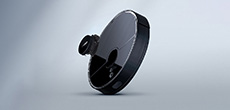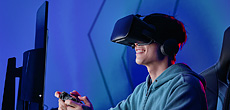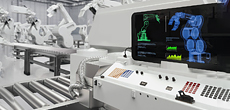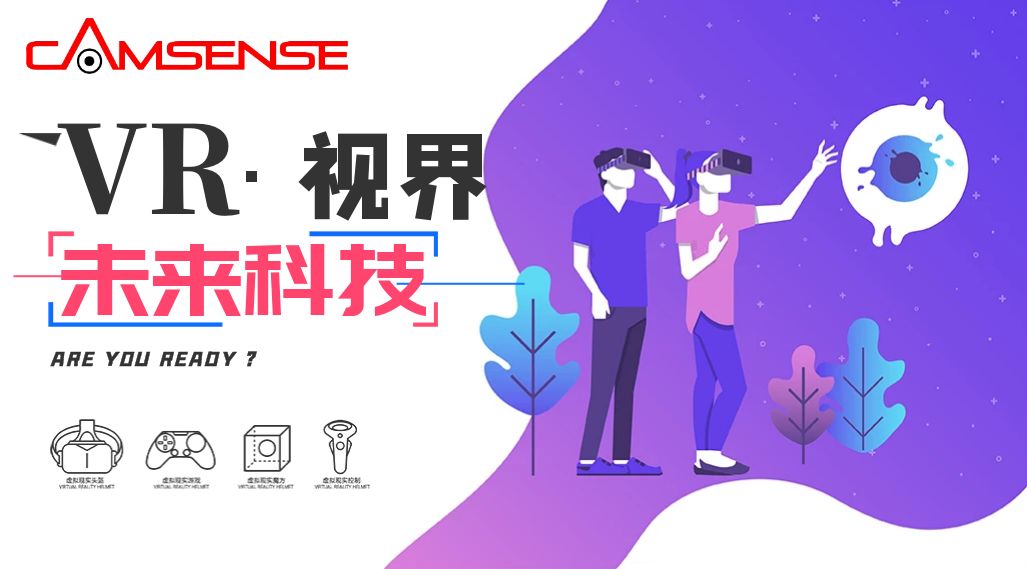In 2020, it will achieve tens of millions of operating income.
36Kr was recently informed that Camsense has completed 80 million yuan in Series B financing, and will continue to increase the research and development and production capacity improvement of lidar product lines, including functional products such as obstacle avoidance and long-distance ranging, and further expand in VR/AR, industrial and medical applications in other fields.
As a is a monocular visual spatial positioning technology provider, Camsense has been committed to the research and development of high-precision positioning visual spatial sensors since its establishment in 2014. Through self-developed core algorithms and chip technology, a series of high-precision positioning and sensing product matrix has been formed. At present, the company has become one of the mainstream suppliers in the field of consumer robots, and has expanded its product applications to medical, industrial, VR/AR and other scenarios.
At present, Camsense's product matrix mainly includes consumer products Camsense X1, X2 (Lidar), Camsense XR (VR/AR tracking and positioning system) and professional products Camsense S (mobile high-precision positioning system), Camsense M Pro ( high-precision positioning system).
Among them, Camsense's star product, the LiDAR Camsense X1, adopts the technical route of self-developed ASIC chip + area array Sensor, which is integrated into the LiDAR module, which not only reduces the cost, but also improves the stability of the product. In 2020, Camsense released the Camsense X2 lidar product. The innovative fully enclosed design of the whole machine improves the dustproof performance, and the small size of the body saves the internal space for the machine manufacturer.
Camsense's technical barriers lie in its monocular large-space sub-millimeter-level positioning lidar products based on its proprietary positioning chips and its self-developed core chips and algorithms. At the beginning of its establishment, Camsense has made preliminary attempts in smart TV, somatosensory games and VR scenarios.
Due to its accurate positioning and mature solutions, consumer-grade LiDAR has become the core configuration of the mainstream solution for sweeping robots. And vision solutions usually account for 10%-15% of the production cost of the robot vacuum cleaner. In 2020, the retail share of laser navigation sweeper solutions will exceed 1/2 of the total market.
With the development of the home economy and the upgrading of national consumption in recent years, the market of sweeping robots has ushered in vigorous development. According to relevant statistics, the global sales of sweeping robots in 2019 exceeded US$2 billion, of which the retail share of laser-navigated sweeping solutions exceeded 1/2 of the total market. The Founder Securities report predicts that it is expected that the number of sweeping robots in the global core market will reach 100 million units in 2021, and the market size of China's sweeping robots is expected to reach 23.14 billion yuan in 2024.
In September 2017, Christopher, the founder of Camsense, took a fancy to the rapidly rising market of sweeping robots in consumer machines and had a "just need" for vision sensors, and formulated a strategic positioning for this application scenario.
Due to the collision and drop of the sweeping robot during its movement, the stability of the lidar product is extremely demanding, and the cost of traditional vision solutions is high. The high-precision line array Sensor reduces the cost to about 50% of traditional manufacturers while ensuring the performance of high-precision positioning and navigation; and through algorithm innovation, the chips shipped in large quantities on mobile phones and PCs are transformed for their own use, replacing the The original expensive, industrial-grade chips. The vertical field of view of the sensor at the area array level can reach 30°-40°. Even if the robot collides during the movement, it will not affect the ranging accuracy of the lidar, and it also makes the later assembly industry process simpler and faster. Increased productivity.
In 2020, Camsense's monocular lidar product shipments exceeded 500,000 units, with a compound annual growth rate of 300%. It is expected that in 2021, the company's consumer-grade lidar shipments will exceed one million units.
In terms of professional-grade products, the high-precision positioning system products provided by Camsense can achieve a positioning accuracy of 0.2mm. At present, the company's service customers include COMAC, China Testing and Testing, 360 Robot Laboratory, Midea, etc.
Christopher said that in the short to medium term, the company's lidar business is growing very fast and is currently the main source of income. In the long run, the market size of VR/AR and industrial medical field is larger, which is the second growth curve of the company's future development.
At present, Camsense has nearly 100 employees, of which 70% are R&D personnel. The company's annual capital investment in technology research and development accounts for about half of the company's total cost.










